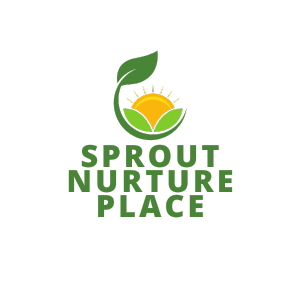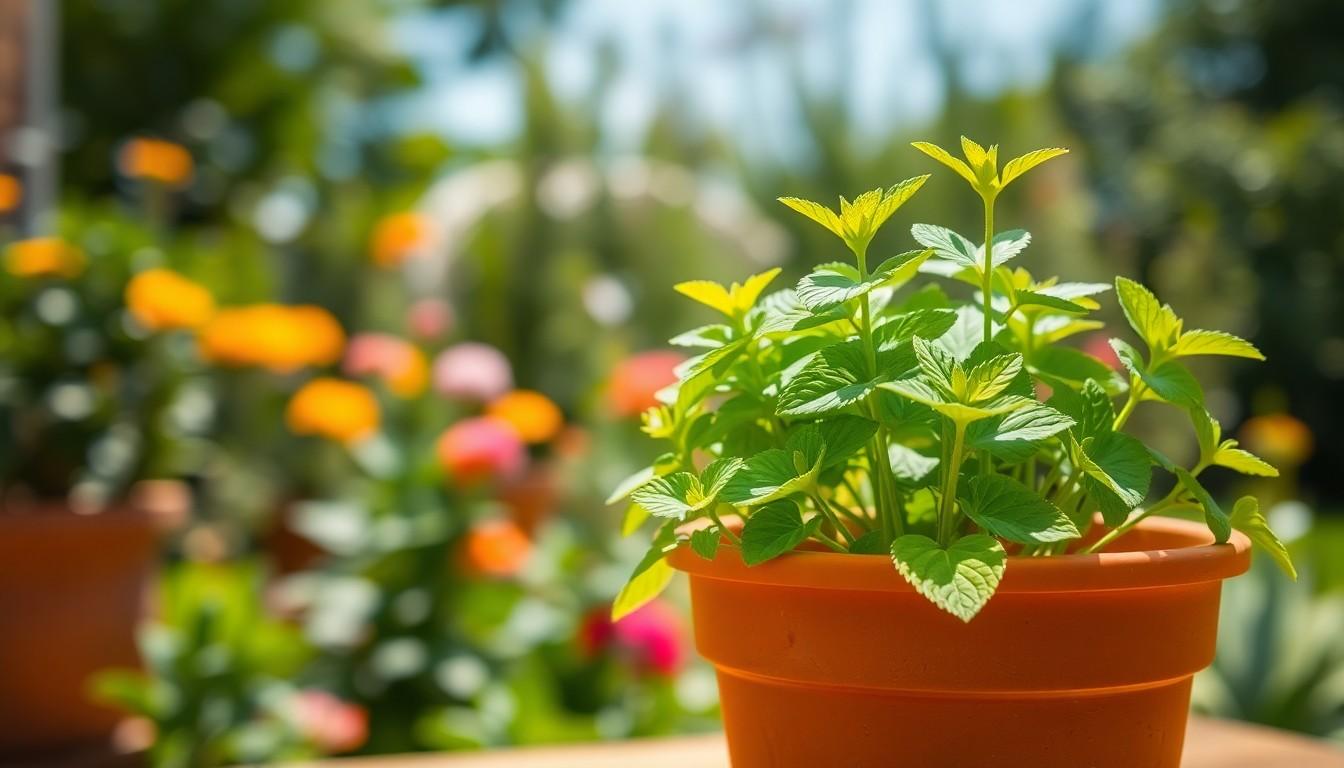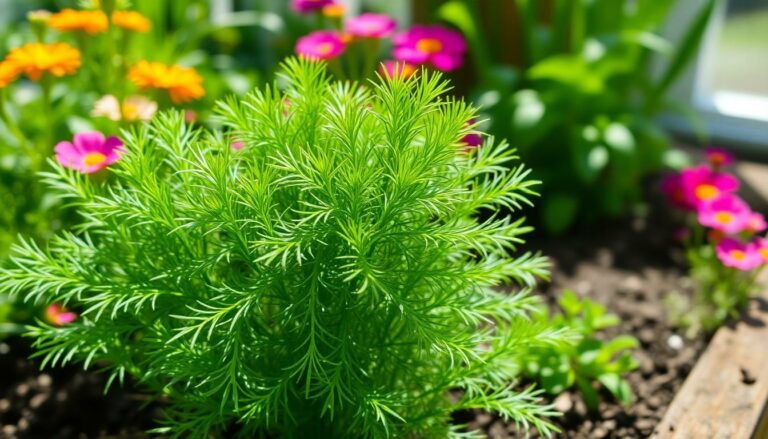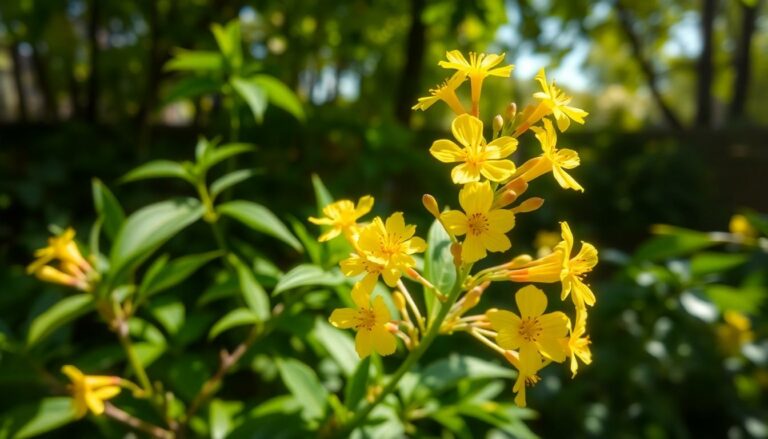Mint plants are the rock stars of the herb world. With their vibrant green leaves and refreshing aroma, they can turn any dish or drink into a culinary masterpiece. But like any diva, they need a little TLC to thrive. If you’ve ever tried to grow mint only to watch it wilt faster than your enthusiasm for Monday mornings, you’re not alone.
Caring for a mint plant isn’t rocket science, but it does require some know-how. From choosing the right pot to mastering the art of watering, this guide will have you channeling your inner herb whisperer in no time. Get ready to elevate your gardening game and enjoy the perks of fresh mint at your fingertips. Who knew growing mint could be this much fun?
How To Care For Mint Plant
Mint plants provide numerous benefits, making them essential for home gardens. They enhance culinary dishes with their fresh, aromatic flavor, elevating salads, sauces, and beverages. Many people use mint in various recipes, from refreshing tea to flavorful cocktails.
Medicinal properties characterize mint plants as well. They possess antioxidants that can improve digestion and provide relief from headaches. Research indicates that mint’s essential oils may aid in respiratory relief, demonstrating its versatility beyond culinary applications.
Growing mint contributes to biodiversity in gardens. Pollinators like bees and butterflies are attracted to their flowers, supporting ecological health. A diverse garden encourages natural pest control, helping maintain a balanced ecosystem.
Mint plants are also easy to cultivate. They thrive in various conditions, whether indoor pots or outdoor gardens. Their resilient nature allows them to grow vigorously, often requiring containment to prevent overgrowth. This adaptability means gardeners can successfully cultivate mint even in limited spaces.
The aesthetic appeal of mint should not be overlooked. Lush green leaves and distinct aroma bring a sensory experience to any environment. Utilizing mint as ornamental ground cover enhances garden design while offering edible benefits.
Furthermore, mint plants commonly symbolize hospitality and generosity in many cultures. Their presence signifies welcome and comfort, making them a thoughtful addition to any home or gathering.
Mint plants offer culinary, medicinal, ecological, ornamental, and cultural value, establishing their importance in gardens and kitchens alike.
Choosing The Right Mint Variety
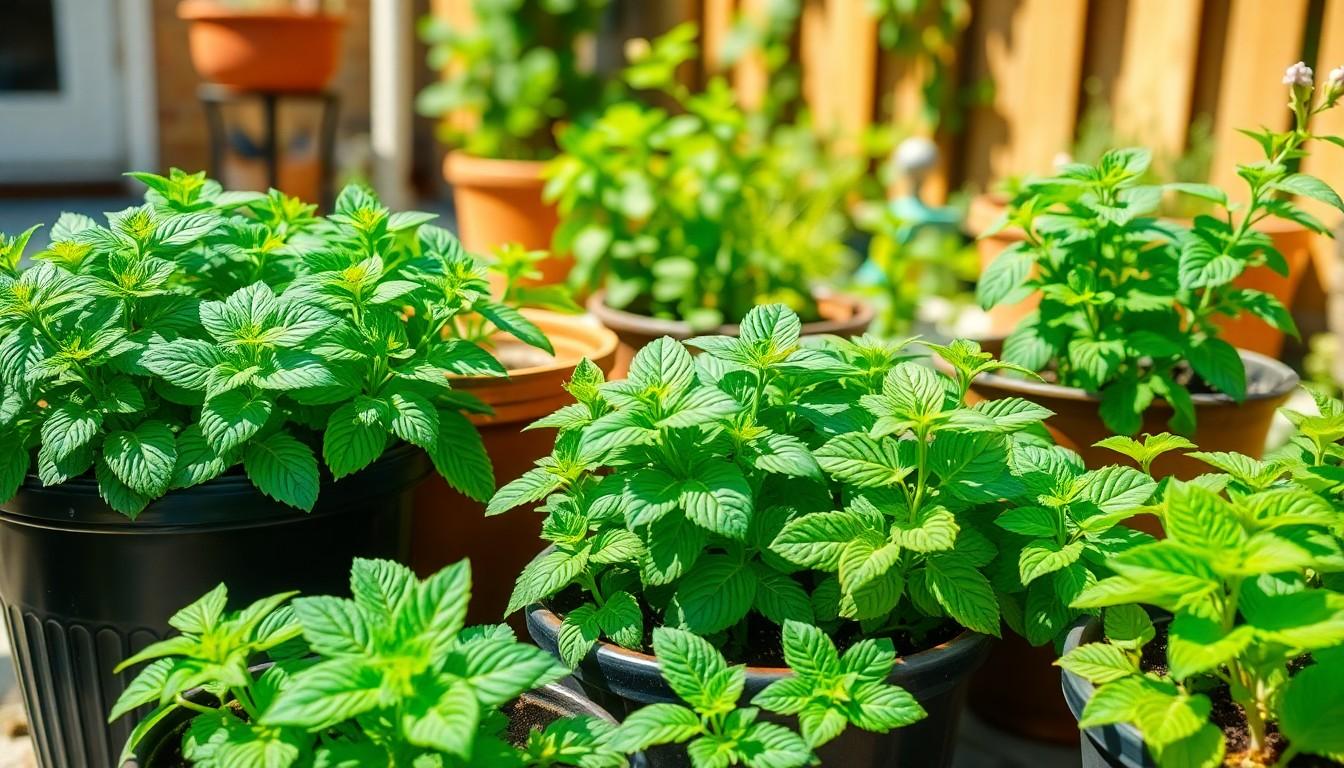
Selecting the right mint variety enhances the growing experience. Different varieties offer unique flavors and uses, making this decision crucial.
Popular Mint Varieties
Peppermint stands out for its strong flavor, ideal for teas and desserts. Spearmint, known for its milder taste, suits savory dishes and cocktails. Chocolate mint, with its hint of chocolate, adds a delightful twist to recipes and drinks. Apple mint offers a fruity aroma, often used in salads and beverages. Each variety provides distinct characteristics, serving different culinary needs.
Factors To Consider When Choosing
Growing conditions significantly affect the choice of mint variety. Assess light availability in the garden, as some mints thrive in full sun while others prefer partial shade. Consider space since mint spreads quickly, often requiring containment. Taste preference also plays a role; selecting a variety that aligns with personal or culinary uses enhances satisfaction. Lastly, consider local climate; certain varieties perform better in specific environments, ensuring successful growth and flavor.
Ideal Growing Conditions
Mint thrives in specific conditions that foster healthy growth and vibrant flavor. Understanding these factors ensures successful cultivation of this versatile herb.
Light Requirements
Mint prefers bright, indirect sunlight for optimal growth. While it can tolerate partial shade, direct, intense sunlight may scorch the leaves. Exposure to approximately 6 hours of light daily boosts its vitality. When grown indoors, placing mint near a window with filtered light promotes robust development. Consistent light conditions enhance essential oil production, resulting in flavorful leaves.
Soil Preferences
Mint thrives in well-draining, nutrient-rich soil. A pH level between 6.0 and 7.0 suits its needs best. Amending the soil with organic matter like compost or aged manure improves drainage and fertility. This herb can adapt to various soil types, but sandy loam often yields the best results. Regularly checking soil moisture helps prevent root rot, keeping mint healthy.
Temperature and Humidity
Mint flourishes in temperatures ranging from 65°F to 70°F. Extreme cold can stunt growth, while prolonged heat may cause leaf wilting. Maintaining humidity levels of around 50% benefits mint’s growth, especially in indoor settings. Providing adequate air circulation helps avoid mold and mildew development. Monitoring these conditions supports healthy mint plants and encourages robust growth.
Watering And Fertilization
Caring for mint plants involves specific watering and fertilization practices that enhance growth and flavor.
How Often To Water
Mint prefers consistently moist soil. Watering every 5 to 7 days suffices, but factors like climate and pot size affect frequency. In hot weather, check soil moisture twice a week. The top inch of soil should feel damp but not soggy. Overwatering can lead to root rot, while underwatering stresses the plant. To maintain ideal moisture, use pots with drainage holes and consider grouping plants to enhance humidity.
Best Fertilizers For Mint
Selecting the right fertilizers promotes vibrant growth in mint. Organic options, such as compost or well-rotted manure, provide essential nutrients naturally. Applying a balanced fertilizer every 6 to 8 weeks supports optimal health. Consider using water-soluble fertilizers with a nitrogen-rich formula during the growing season. Diluting fertilizers to half strength prevents nutrient burn while ensuring the plant receives necessary elements. Regular fertilization encourages lush foliage and maximizes the plant’s culinary potential.
Pruning And Harvesting
Pruning and harvesting mint plants are essential for maintaining their health and maximizing their flavor. Regular care enhances growth and ensures bountiful yields.
When To Prune Mint Plants
Pruning mint plants allows them to thrive and remain bushy. Ideally, you should prune every 4 to 6 weeks during the growing season. It’s best to perform pruning before flowering since flowering can reduce leaf flavor. Target early spring for the first pruning session, as this promotes new growth. Watch for stems reaching up to 6 inches long; that’s a sign to start pruning. Removing any dead or yellowing leaves also promotes overall plant health.
How To Harvest Properly
Proper harvesting techniques ensure the best flavor and prevent damage to the plant. Begin by using clean, sharp scissors to snip stems just above a leaf node. Focus on the top third of the plant to encourage further growth. Avoid taking more than one-third of the plant at once, as this helps preserve its vitality. Harvesting in the morning, when oils are most concentrated, enhances the flavor of the leaves. Store collected mint in a cool, dry place for maximum freshness.
Common Pests And Diseases
Mint plants face a variety of pests and diseases that can disrupt their growth. Identifying these issues early ensures effective management and plant health.
Identifying Common Issues
Aphids often appear as tiny insects on leaves, leading to yellowing foliage. Spider mites can cause discoloration and webbing, especially in dry conditions. Fungal infections like powdery mildew manifest as a white, powdery layer on leaves. Root rot occurs when overwatering leads to soggy soil, stifling root development. Curbing these issues requires keen observation and timely action.
Natural Remedies
Insecticidal soap effectively targets aphids and spider mites without harming beneficial insects. Neem oil serves as a natural pesticide, deterring various pests while also managing fungal infections. Mildew can be minimized by ensuring adequate air circulation and maintaining proper watering practices. For root rot prevention, adjust watering frequency, ensuring the soil dries out between sessions. Employing these natural remedies promotes vibrant, healthy mint plants.
Caring for mint plants opens the door to a world of culinary delights and health benefits. With the right knowledge and practices, anyone can enjoy the vibrant flavors and aromas that mint brings to their kitchen and garden. By focusing on proper growing conditions, watering, and pruning, gardeners can cultivate thriving plants that not only enhance meals but also contribute to ecological diversity.
Embracing the unique varieties of mint allows for a personalized touch in both flavor and gardening experience. With a little attention and care, mint plants can flourish, providing fresh leaves for countless recipes and a touch of green beauty to any space. The journey of growing mint is rewarding and well worth the effort.
